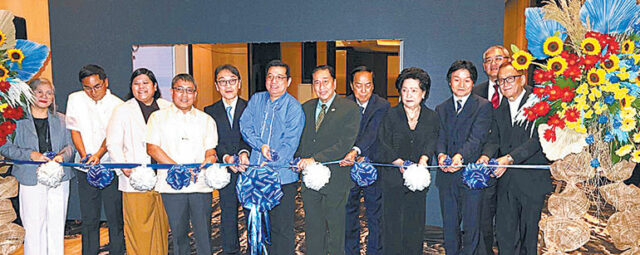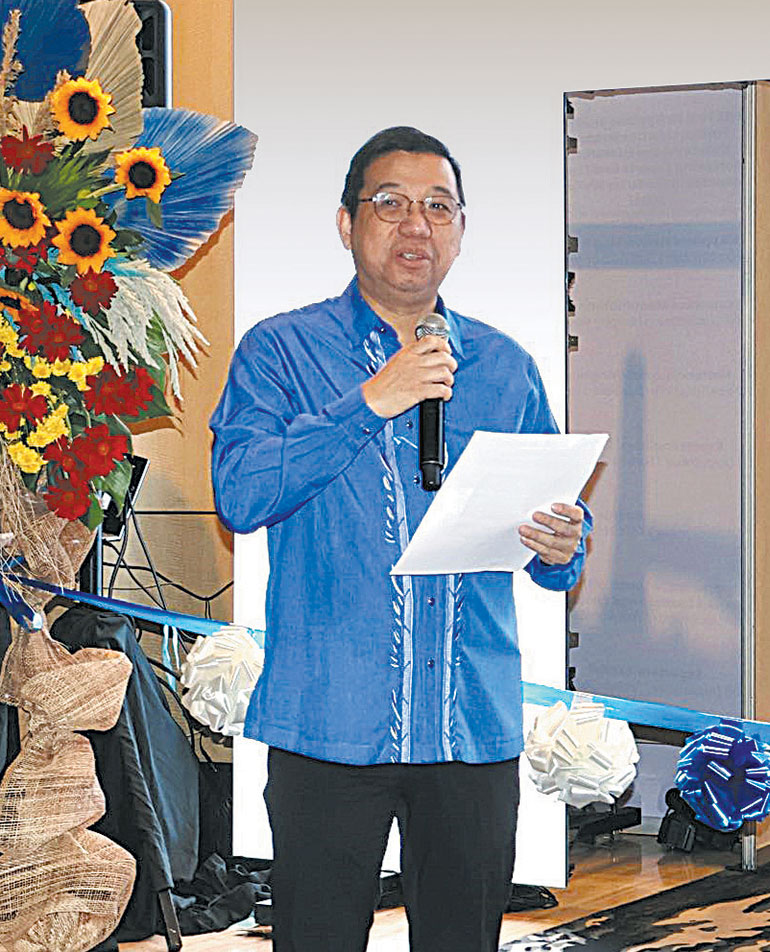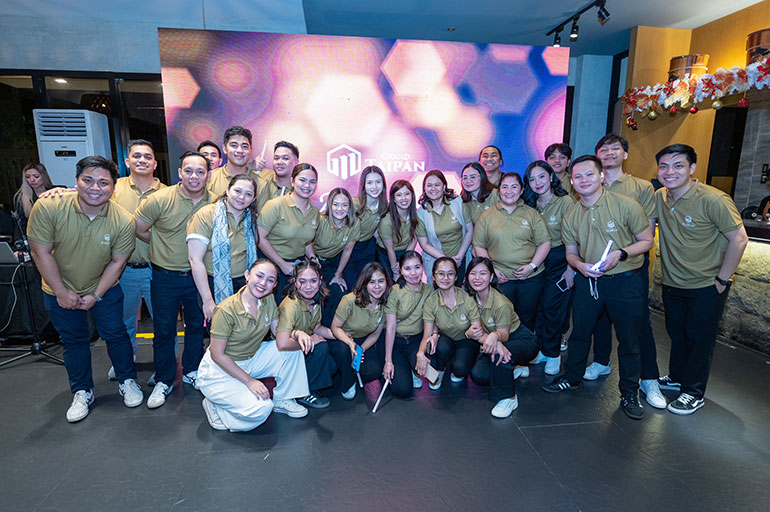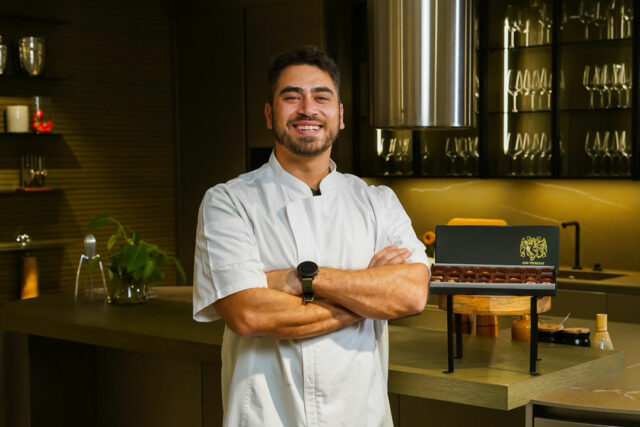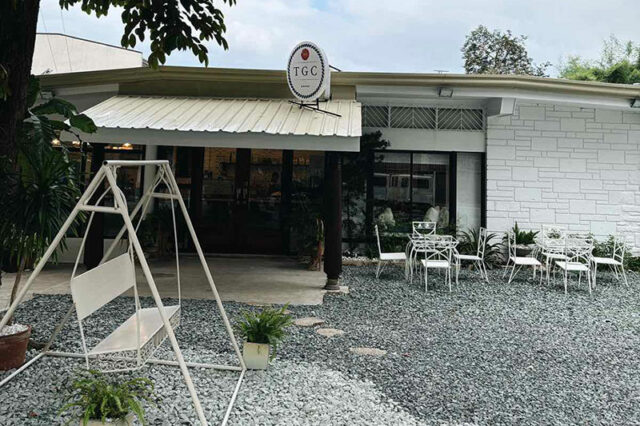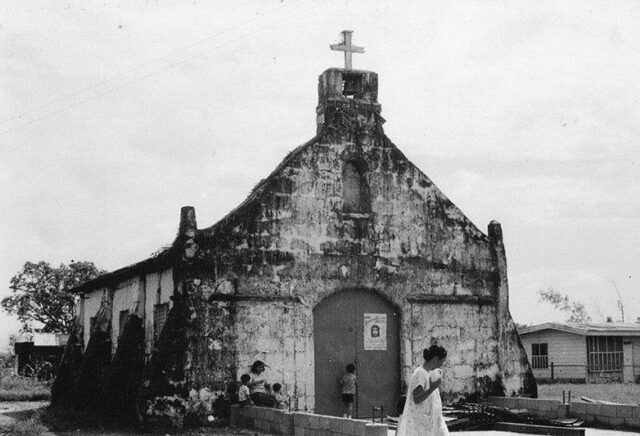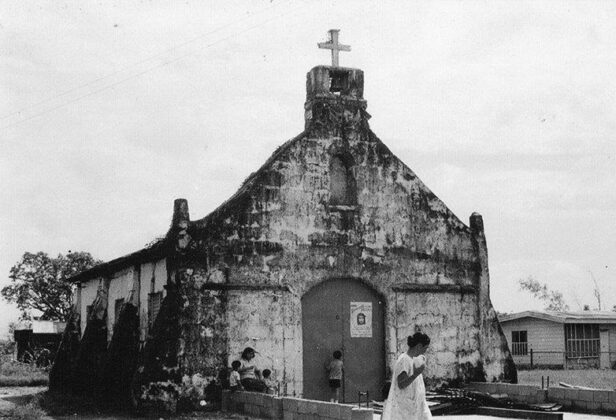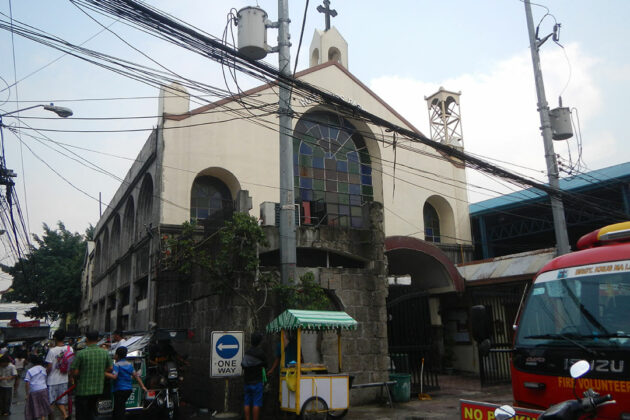I’m pretty sure it’s not just me. But I have always marveled at the richness of our history, with literature giving us a glimpse of the twists and turns of the fates of key protagonists (to think that historians gush that a whole lot more remains to be written) and providing inspiration and material for indie films.
Each flick like Sakay (1993), Jose Rizal (1998), Heneral Luna (2015), Goyo: The Boy General (2018), and Gomburza (2023) leaves one with a taste for more such narratives on snippets of our story as a people. Every now and then, you even have stories told from opposing perspectives, e.g., our very own Baler (2008) and the Spanish 1898, Los Ultimos De Filipinas (Our last men in the Philippines, 2016). I have not yet watched others like Supremo (2012) and Bonifacio: Ang Unang Pangulo (2014) but look forward to movies about Miguel Malvar, one of the last Filipino generals to surrender to the US (Malvar descendants were divided over one planned in 2019 that would have starred then Sen. Emmanuel “Manny” D. Pacquiao), and Artemio “El Vibora” (The Viper) Ricarte (there was a 1972 film, titled El Vibora). Ricarte — in his hatred for the new western master — threw in his lot with a nascent imperial Japan at a time it was just starting to aspire for dominance in Asia (and even came home nearly four decades later with the Japanese invaders in 1941 as a 75-year-old man dressed in a Japanese officer’s uniform who helped organize Filipino collaborators… so, was he hero or traitor?)
Anyway, before I get carried away: much of our history is necessarily local, since events took place in specific locations or involved several localities across political jurisdictions.
Which makes me wonder why it seems that many local governments have not been integrating local histories into their tourism development plans (I mean, beyond using historical markers).
The travel and tourism sector now accounts for more than a fifth of the Philippine economy at 21.3%. While visitor count, spending, and jobs generated still fell short of pre-pandemic levels as of 2023, the World Travel & Tourism Council (WTTC) said in June that it expects the sector to top 2019 levels this year in terms of all three indicators. This, the WTTC said, shows the sector’s “critical role in supporting the nation and its local communities.”1
And the National Tourism Development Plan 2023-2028 (NTDP) that was launched in March last year states that “domestic tourism drives Philippine tourism.”
Many provinces are not wanting in potential heritage attractions, even as some have more than others. So, I was happy to read in 2019 that the North-South Commuter Railway project involves rebuilding up to 10 Spanish-era train stations (five of them in Bulacan — Balagtas, Calumpit, Guiginto, Malolos, and Meycauayan — which were built in the 1890s) to complement the 36 modern terminals along the planned line that will connect Metro Manila to Clark International Airport in Pampanga to the north, and to Calamba City in Laguna to the south. This is an excellent example of how the restoration and preservation of heritage sites can go hand in glove with infrastructure development.
There is no lack of literature on the role which historical attractions play in promoting tourism.
One paper identified the economic benefits of cultural and heritage tourism: the infusion of new money into the economy, boosting businesses and tax revenues; the generation of new jobs, businesses, events, and attractions, thus helping diversify the local economy; supporting small businesses and enabling them to expand; the active preservation and protection of important local resources; the strengthening of relationships among and within local communities; and the encouragement of the development and maintenance of new/existing community amenities.
Social gains include the preservation of local traditions, customs, and culture; improving the community’s image and pride; and building healthy community relationships and partnerships. Environmental benefits include the development of a culture of preservation as local residents and visitors become more mindful of their impact on their surroundings.2
An article posted on the website of the World Economic Forum noted that while cultural and historical travel accounts for 40% of tourism activities globally and 73% of millennials say they are interested in cultural and historical places, protecting local culture and heritage requires a holistic plan to mitigate negative impacts and policies to ensure that economic gains are shared. Such a plan coordinates interventions across sectors, and guides investments, encourages diversification of livelihoods, and nurtures local knowledge, while ensuring sustainability of tourism initiatives, including support for vulnerable sectors.3
And a recent KPMG study noted that heritage tourism — focused on cultural, historical, and architectural significance of destinations — can foster “a symbiotic relationship between preservation and development.”
“This approach emphasizes the protection and promotion of heritage sites to ensure that cultural values are maintained for future generations, simultaneously driving economic growth… By attracting visitors to heritage and cultural sites, communities can generate revenue to reinvest in conservational efforts, infrastructure improvements and local economic development.”
At the same time, it flags “the susceptibility of heritage sites to degradation under intensive tourism development, often resulting in the deterioration of these sites due to excessive tourist activity.” Hence, the need for well-designed, effective government initiatives; public participation and community development; sustainable use of technology; strategic marketing and promotion; targeting national and international recognition; with sustainability as a core principle, regulation of the heritage tourism market.4
The latest five-year NTDP noted that it is “crucial that tourism, because of its massive impact on income, jobs, and livelihoods, is effectively and efficiently used to revive national and local economies. This in turn emphasizes the need to pursue tourism development competitively, requiring investment in human capital and infrastructure, and innovations in governance and business.”
The latest plan provides a comprehensive road map that takes our historical sites into account. It shows “historical landmarks” as the 7th top item in local tourist demand after “beaches/islands,” “food exploration/cooking class,” “adventurous activities,” “nature/national parks/forests,” “city trips,” and “theme parks” on a list of 21 attractions.
At the same time, however, a study contracted by our Tourism department with market research consultancy Frost & Sullivan showed that the country ranked “poorly in cultural experiences, including historical landmarks, cultural/art activities or museums, religious/places of worship, city trips, as well as food exploration/cooking classes” in the eyes of foreign travelers. “This study demonstrates the need to focus the national strategy on developing our nature-oriented tourism products while emphasizing the need to properly build and enrich our cultural experiences to properly anchor tourism experiences within a Philippine identity and sense of place, thus more effectively standing out from our neighbors in the region.”
But while our historical sites do not seem to be top of mind for foreign visitors, local jurisdictions — especially those that do not have competitive beach, diving, or nature sites — will need to be firing on all cylinders if they are to maximize their tourism potentials. And that means maximizing the lure of any heritage sites they have.
The NTDP itself said “the domestic market must be prioritized to reenergize the industry for recovery” even as “international tourism for the medium to the long term continues to offer significant potential for growth while generating much-needed export revenue… domestic tourism must be recognized as the bedrock of the industry and must be supported and developed accordingly, while international tourism must be nurtured and diversified for long-term growth and resilience.”
Hence it was refreshing to find out that the local government of Mariveles, Bataan, for example, tapped a historian (Ricardo T. Jose) to find out more about a ruin that turned out to be a former key immigration processing site of the Spanish administration just across Corregidor Island.
Even established heritage centers have untapped structures (like the Casa Tribunal de Malolos, built in the 1850s and now all boarded up to keep out squatters) while other areas have isolated markers (e.g., anyone who studied at the University of the Philippines’ Diliman campus knows that the Krus na Ligas barangay there is the same site — with the same name — in which the Katipunan revolutionaries under Andres Bonifacio rested after the August 1896 Battle of Pasong Tamo, and that Katipunan Avenue roughly follows the route these heroes took during the revolution.)
Of themselves, isolated markers risk being largely ignored by local visitors who happen to pass by. But they could form part of a larger tour focused on that part of our history, even involving multiple cities and municipalities.
And this is where experts like historians come in handy. After all, the NTDP noted that “one potential area for dynamic growth is properly engaging the private sector and other industry stakeholders.” Local governments may just be surprised to find heritage tourism prospects that have lain untapped for so long. If you want to take this a step further, localities can also tap historical reenactors on special dates to act out that part of history represented by a site as part of a bigger celebration.
The NTDP also noted that growth of the industry worldwide “has been fueled by a long-term trajectory of rising incomes, increasingly accessible information about destinations through the Internet and social media, cheaper transportation and other tourist services through business and technological innovations, the stabilization and opening of previously closed markets, the progressive reduction of barriers to travel and… the desire for new experiences.”
It cited the need to “[l]ink emerging and potential destinations with key destinations and metropolitan areas through joint promotions, connectivity, cross-regional and cross-provincial collaboration, product, transportation, and inclusive tourism circuit development.” (Countries are doing this — Thailand is proposing joint marketing with the Philippines as diving destinations – — so why can’t local governments do the same?)
“There are many emerging and potential destinations and tourism sites across the country, providing many different experiences. Efforts must be made, however, to connect them more effectively, not only in terms of roads and transportation but more importantly, in a proper narrative of a place. Collaboration between different local government units to develop coherent tourism plans and products across tourism development areas and tourism clusters will be essential. Appropriate visitor and interpretation centers, information platforms, and trained guides, docents, and tourism officers, are needed.”
Exactly. How many times have we suddenly come across a landmark (practically in the middle of nowhere) in some province and wondered if that represented an isolated event or was part of a larger scheme involving the next town. So, while local tourism information does include major heritage sites (or even smaller ones almost like an afterthought), local governments and tourism planners can do more by finding out more about shared local histories. And then this can be part of a bigger tourism plan involving several localities, employing joint marketing campaigns, co-branded initiatives, referral programs, etc.
This, NTDP said, means there is a need to undertake heritage, culture, arts, and product mapping across provinces and regions. “This effort will then provide the foundation for developing tourism plans, programs, and products that truly reflect both the national and local identities, anchoring our tourism experiences properly within the Philippine experience.”
More can also be done to use digital means to enhance heritage experience: from having a mobile-friendly, user-friendly, and regularly updated website (complete with an online events calendar and maps); to offering engaging content like a virtual tour of attractions with high-quality visuals and detailed information; to putting QR codes on markers that will give visitors access to more information about sites and their significance; to tapping bloggers and encouraging tourists to write more on these landmarks in their social media channels.
I suspect that there is no lack of heritage sites that many localities can tap as part of tourism promotion, even a collective one. At the very least, well-designed and -executed heritage initiatives can bolster comprehensive tourism offerings that promise a multiplier effect if carried out effectively.
The question, of course, is whether local officials themselves see the gems that lie hidden in plain sight before them, and/or can put aside political differences and team up to maximize heritage and other tourism potentials.
1 https://wttc.org/news-article/philippines-travel-and-tourism-sector-set-for-historic-year
2 “How Culture and Heritage Tourism Boosts More Than a Visitor Economy,” Carolyn Childs, mytravelresearch.com, 2018.
3 “Turning Tourism into Development: Mitigating Risks and Leveraging Heritage Assets,” Abeer Al Akel (Acting CEO, Royal Commission for AlUla) and Maimunah Mohd Sharif (former executive director, UN-Habitat), at https://www.weforum.org/stories/2024/02/turning-tourism-into-development/, Feb. 15, 2024.
4 “Heritage tourism as a tool for sustainable tourism: Preservation for development,” KPMG, July 2024.
Wilfredo G. Reyes was editor-in-chief of BusinessWorld from 2020 through 2023.


